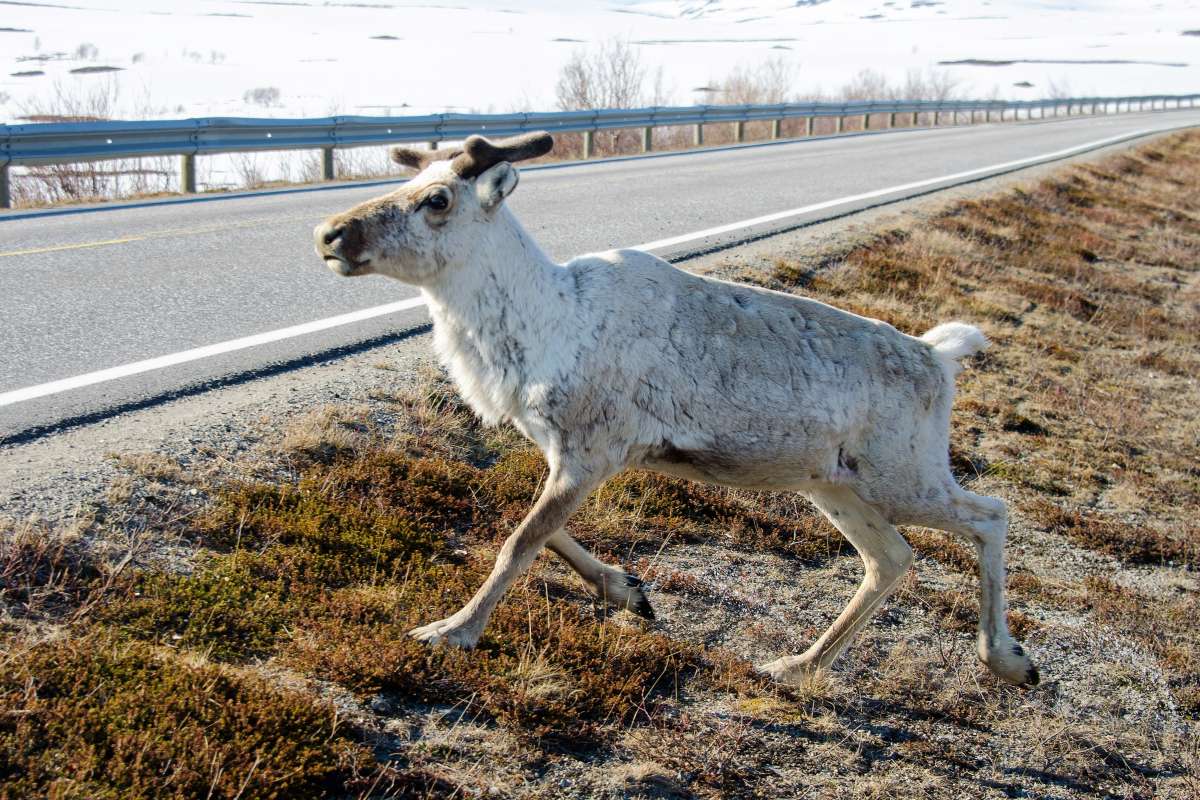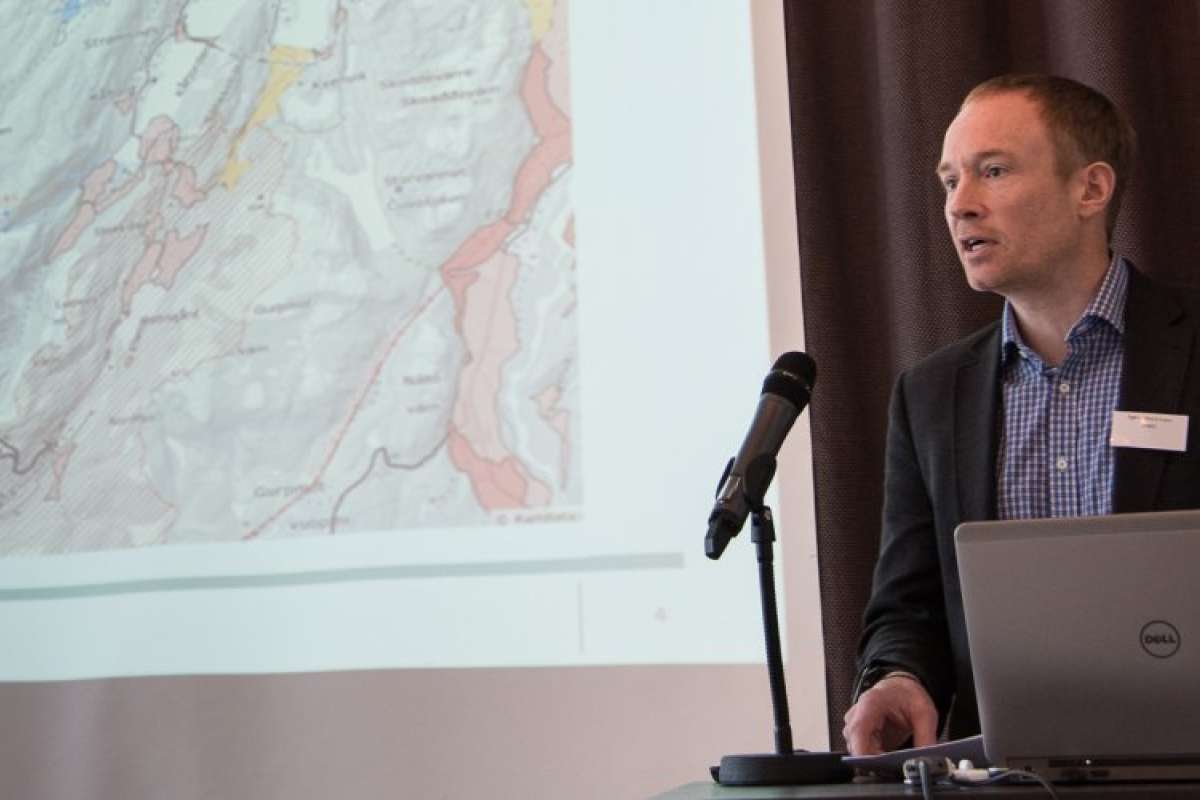Division of Forest and Forest Resources
Animal Sensor Networks
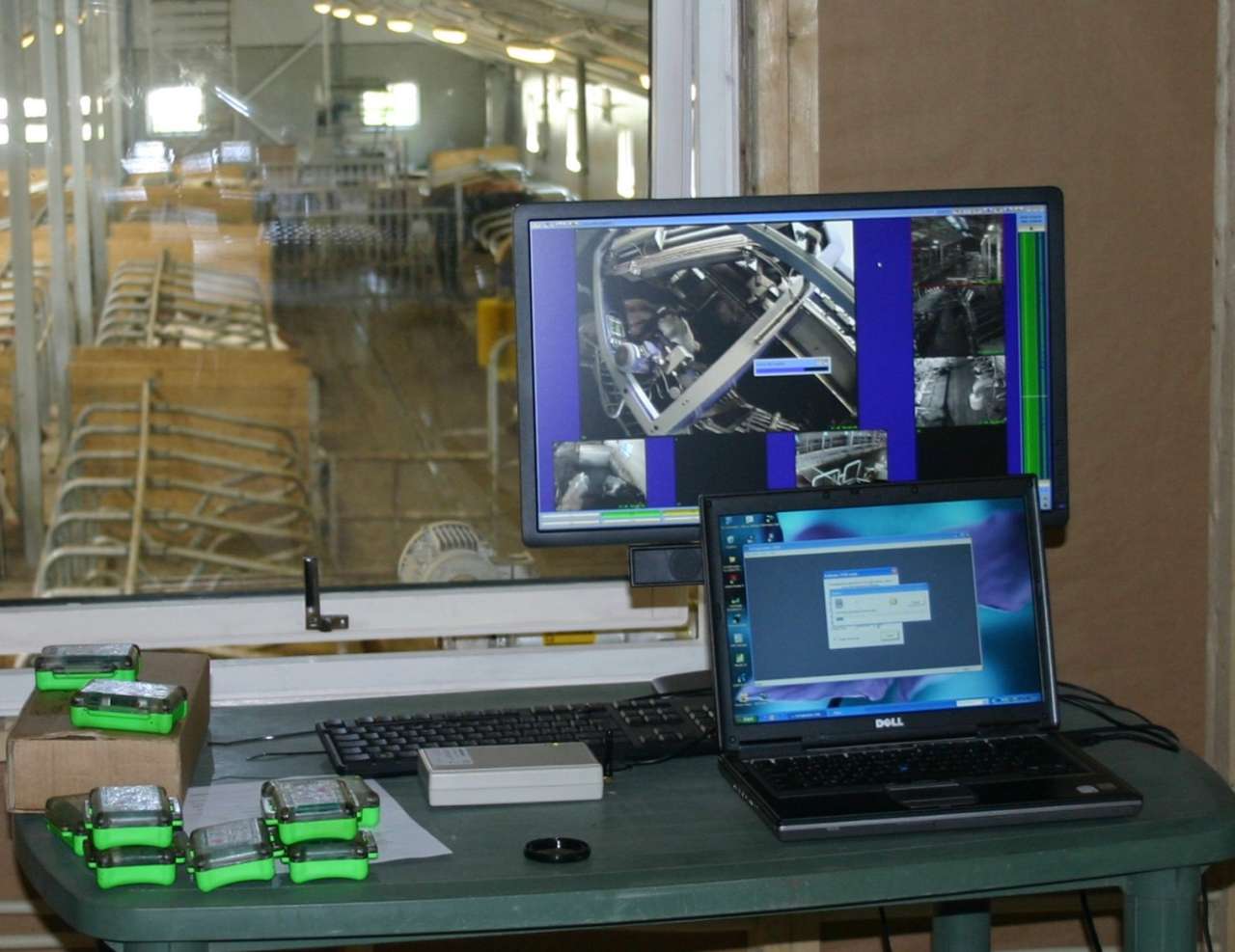
End: oct 2014
Start: jan 2012
Bruken av trådløse sensorer for å samle inn informasjon fra dyr har blitt stadig viktigere. Dette gjelder bruksområder som omfavner alt fra praktisk landbruk, dyreforskning og det er brukt i turisme-sammenheng mm. Formålet med dette prosjektet var å gjennomføre anvendt forskning innen fagområdet sensornettverk for dyr og etablere et kompetansenettverk innen Botnia/Atlantica-området (Norge, Sverige og Finland) for denne type forskning.
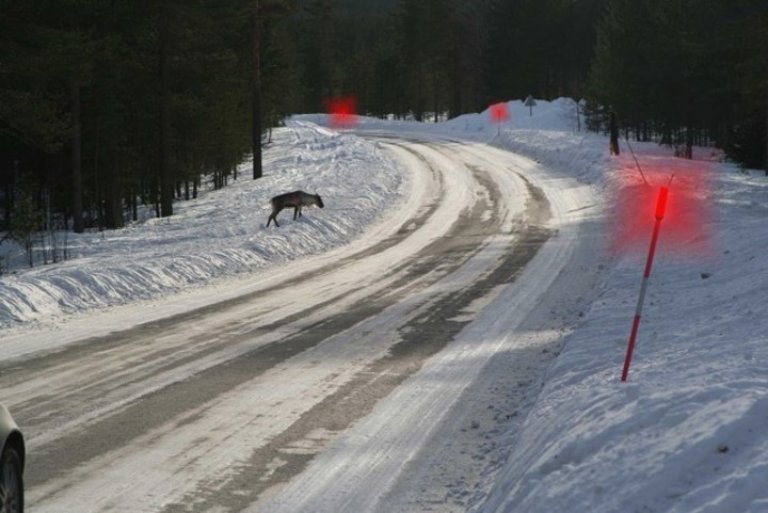
| Status | Concluded |
| Start - end date | 01.01.2012 - 31.10.2014 |
| Project manager | Inger Hansen |
| Division | Division of Forest and Forest Resources |
| Department | Wildlife and Rangelands |
| Partners | SLU Umeå, Umeå Universitet, Central Ostrobothnia University of Applied Sciences (CENTRIA), Telespor, Biocontrol AS |
| Funding source | Botnia Atlantica INTERREG |
Prosjektet har etablert et nettverk i Botnia-Atlantica-regionen for forskning på sensorer til overvåkning av dyr. Det ble utviklet nye systemer som gjør det mulig å samle inn data fra enkeltdyr over store områder. Systemet ble prøvd ut sammen med turisme applikasjoner i Lycksele Zoo. Videre ble teknologien brukt på landbruksfeltet, både ved SLU eksperimentelle anlegg i Umeå og på Centria i Finland. Ved NIBIO Tjøtta ble et posisjoneringssystem for overvåking av dyr på beite og langs vei testet ut. Videre testet forskerne mulighetene for å bruke virtuelle gjerder (Nofence) på reinsdyr.
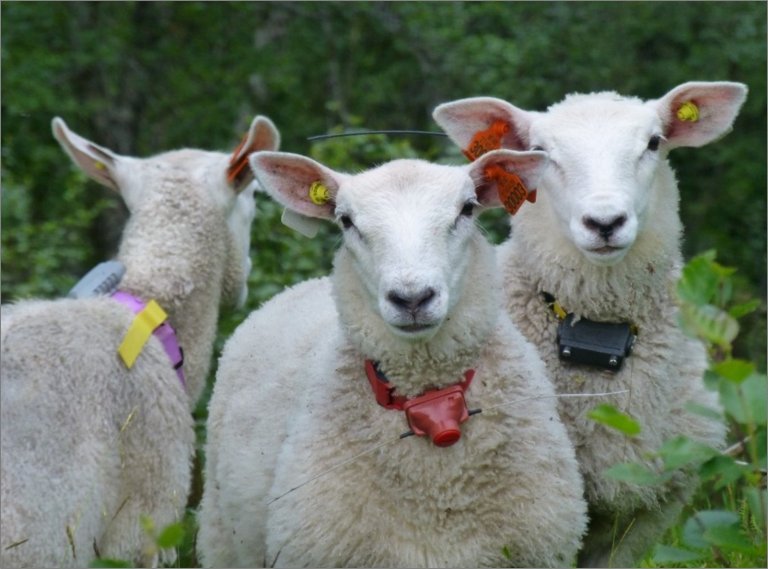
Publications in the project
Abstract
No abstract has been registered
Abstract
No abstract has been registered
Abstract
No abstract has been registered
Authors
Inger HansenAbstract
No abstract has been registered
Abstract
No abstract has been registered
Abstract
No abstract has been registered
Abstract
No abstract has been registered
Abstract
No abstract has been registered
Abstract
No abstract has been registered
Abstract
In this study, a technique based on wireless sensor networks (WSN) for matching mother reindeer to their calves in order to identify the ownership of the calves is presented. This task is currently performed using manual techniques which are stressful on the animals and herders alike. Various potential WSN technologies are considered. RFID technology was given greater interest as it is widely used in animal identification. A method based on Wi-Fi enabled active RFID tags is proposed in this work. This technique entails the temporary attachment of Wi-Fi enabled RFID tags to the necks of the calf and mother reindeers and to monitor the location of those tags using the Wi-Fi network. A detailed discussion of localization algorithms to monitor the location of the tags and to determine the correlation between any pairs of tags which indicate mother and her calf is presented. This work aims to pave the way for the use of wireless sensor networks for the purpose of matching mother reindeer to their calves and for other matching purposes in animal welfare and industry.
Abstract
No abstract has been registered
Abstract
In this study, a technique based on wireless sensor networks (WSN) for matching mother reindeer to their calves in order to identify the ownership of the calves is presented. This task is currently performed using manual techniques which are stressful on the animals and herders alike. Various potential WSN technologies are considered. RFID technology was given greater interest as it is widely used in animal identification. A method based on Wi-Fi enabled active RFID tags is proposed in this work. This technique entails the temporary attachment of Wi-Fi enabled RFID tags to the necks of the calf and mother reindeers and to monitor the location of those tags using the Wi-Fi network. A detailed discussion of localization algorithms to monitor the location of the tags and to determine the correlation between any pairs of tags which indicate mother and her calf is presented. This work aims to pave the way for the use of wireless sensor networks for the purpose of matching mother reindeer to their calves and for other matching purposes in animal welfare and industry.
Abstract
No abstract has been registered
Abstract
No abstract has been registered
Authors
Inger HansenAbstract
No abstract has been registered

